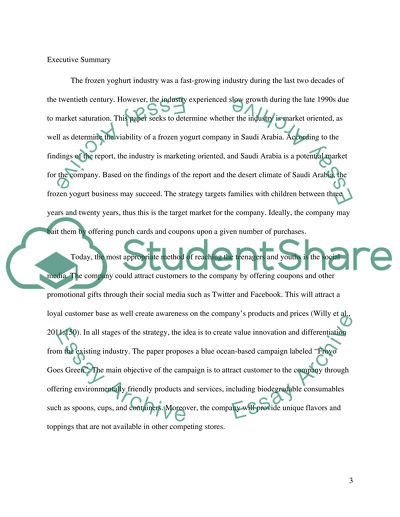Cite this document
(“Strategic Marketing & Planning (Blue Ocean Strategy) Essay”, n.d.)
Strategic Marketing & Planning (Blue Ocean Strategy) Essay. Retrieved from https://studentshare.org/marketing/1399207-strategic-marketing-planning-blue-ocean-strategy
Strategic Marketing & Planning (Blue Ocean Strategy) Essay. Retrieved from https://studentshare.org/marketing/1399207-strategic-marketing-planning-blue-ocean-strategy
(Strategic Marketing & Planning (Blue Ocean Strategy) Essay)
Strategic Marketing & Planning (Blue Ocean Strategy) Essay. https://studentshare.org/marketing/1399207-strategic-marketing-planning-blue-ocean-strategy.
Strategic Marketing & Planning (Blue Ocean Strategy) Essay. https://studentshare.org/marketing/1399207-strategic-marketing-planning-blue-ocean-strategy.
“Strategic Marketing & Planning (Blue Ocean Strategy) Essay”, n.d. https://studentshare.org/marketing/1399207-strategic-marketing-planning-blue-ocean-strategy.


